Australia poised for global success in regenerative medicine
19 November 2018
Commentary by Dr Dan Grant, originally published in The Mandarin on November 16, 2018.
Therapies which harness cells and tissues to enable the body to regenerate and heal itself sound like the stuff of science fiction. Far from it.
There are more than 1,200 researchers across 12 Australian universities and 45 medical research institutes working on these therapies and more than 30 Australian companies active in this space.
It’s called regenerative medicine, a rapidly emerging field linking the medical technology, biotechnology and pharmaceutical sectors, which holds much promise of better patient outcomes – and economic growth.
If Australia can carve out just a 5% share of the market, it would be worth $6 billion in annual revenue and create 6,000 new and high-paying jobs.
Regenerative medicine (RM) uses stem cells and engineered biomaterials combined with certain molecules to repair, regenerate or replace cells, tissues and organs that are diseased or damaged. It can also involve gene therapy.
Being able to re-program stem cells unlocks the potential for new treatments for many of our most pressing health challenges including diabetes, cardiovascular disease and neurodegenerative disorders like Alzheimer’s disease and Motor Neurone Disease.
Global investment in RM is rising exponentially. A wave of new therapies is expected in the next five years and the global market is expected to grow to $120 billion by 2035. If Australia can carve out just a 5% share of the market, it would be worth $6 billion in annual revenue and create 6,000 new and high-paying jobs.
MTPConnect’s new report on regenerative medicine lifts the veil on Australia’s nascent RM sector and provides a roadmap to drive future growth. It’s been produced in collaboration with the AusBiotech Regenerative Medicine Advisory Group and the major stakeholders from the medical and research sector, industry and government.
Australia has been a RM pioneer, starting in 1987 when one of the first successful peripheral blood stem cell transplantation procedures was performed by researchers and clinicians at the Royal Adelaide Hospital.
RM has expanded to encompass a broader range of cell therapies and stem cell types, such as embryonic and laboratory-grown stem cells. It now incorporates the creation of biomaterials to provide 3D structures to support cell and tissue growth that may lead to the development of organs to address donor shortages. Miniaturised and simplified versions of kidneys and brains have already been grown in labs.
The opportunity now for Australia is to build on that foundation, capitalise on our depth of talent in research, clinical trials and advanced manufacturing, and elevate the sector to a new level.
There are unique challenges for regenerative medicine. For starters, it’s neither a product, a device, nor a medical procedure: it is often a combination of all three.
While we’re small, we’re smart, we’ve got great infrastructure in place and we’re geographically advantaged by being on the doorstep of Asia.
The short shelf life of many RM treatment products, which can perish in as little as 24-hours, puts pressure on traditional logistics infrastructure to transport them between manufacturers and patients.
Being at the leading edge of science and medicine, RM also puts pressure on regulatory frameworks to keep pace with the technological advances. Policymakers and regulators will need to create clear market-access pathways that are aligned to global markets. Here, there’s cause for optimism because Australia’s regulatory approval processes are well regarded internationally and MTPConnect is already working closely with the Therapeutic Goods Administration.
We’re also up against very motivated global competitors such as the US, UK, Canada and Japan, where millions of dollars is being poured into dedicated and extensive RM programs.
But Australians thrive as underdogs. Our relatively small size hasn’t hampered us in developing world leading therapeutics in the past like the cervical cancer vaccine, Gardasil. So while we’re small, we’re smart, we’ve got great infrastructure in place and we’re geographically advantaged by being on the doorstep of Asia.
We have all the elements needed to be a global leader in regenerative medicine, translating our research into high-demand products for the global market and driving economic growth.
Dr Dan Grant is CEO of MTPConnect, the Medical Technologies and Pharmaceuticals Industry Growth Centre.
